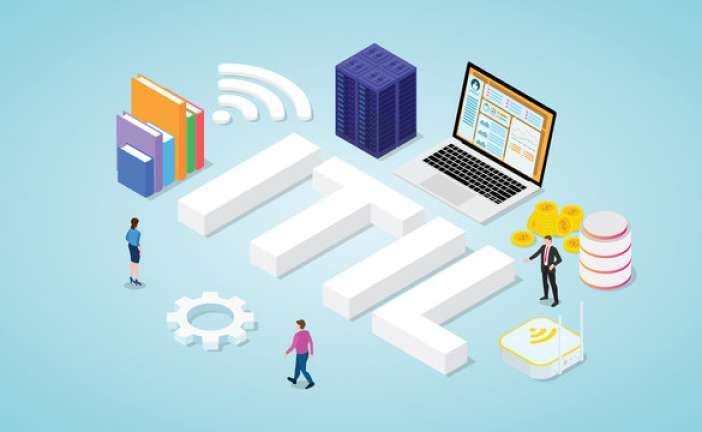Adults and students learn in various ways, and knowledge-based learning is effective method teachers and schools use to provide instructional activities. A deep understanding of Knowledge-Based learning and how it works is key to achieving educational objectives.
Knowledge-based learning can be defined as a form of learning that has to do with the knowledge the student already has and the understanding they are going to acquire through building on their existing knowledge.
When learning is design around what the students already know, it makes it more interactive and relatable.
The need for Knowledge-Based learning has continued to be on the increase globally. As a result, this article seeks to enlighten readers on the need for knowledge-based learning. Additionally, you can find more details about knowledge-based learning from https://www.invictus.edu.hk/.
- It Increases Thinking Capacity
Studies have shown that the human brain works at different rates and speeds based on knowledge already acquired or working memory. While working knowledge refers to new information that can be easily retained in the brain, it has its limitations. This memory does not allow you to store as much information as you want and can be pretty tiring to keep things there.
However, when you already have background knowledge about a particular subject or topic, it is easier for you to develop ideas and ways of solving new challenges or problems. The lack of knowledge in a specific area makes it challenging to solve problems.
- We Learn Better by Connecting to the Old Things We Know
The human brain makes discoveries, interference, and stores new information by connecting to existing knowledge. Skills are gain through knowledge, and as a result; you can not analyze and evaluate something you don’t have background knowledge about.
The ideas you come up with are a reflection and by-product of existing knowledge; hence you will always refer to your existing knowledge before you can come up with new ideas. Even more, comprehension is easier when it is built on what you know. For example, it is easier to learn about vowel and consonant sounds if you already know about alphabets.
- It helps Disadvantaged Students.
Recent studies have shown that students who are classified as disadvantaged tend to benefit more from this type of curriculum. This is because they haven’t been expos to a series of ideas, thought patterns; vocabularies, and certain real-life situations than other wealthier and more exposed students.
Knowledge-based learning is ideal for those from rural or poor communities with little to no access to books, journals, the internet; and other amenities that should help them in gaining exposure.
For example, students that grew up in an academic house are more likely to be exposed to books and discussions that will equip them with the necessary knowledge they need. On the other hand, those who were not opportune to grow in such homes will not privilege such information. As a result, schools need to build on the knowledge students already have.
- Knowledge Builds on knowledge.
Generally, we learn new things by building on what we already know. The more students know, the easier it is for them to learn. It is common knowledge that when a teacher introduces a new topic, some students will quickly understand, while others will require a bit of time to comprehend.
For example, if you ask students to discuss the legislature’s role; this topic will only make sense to those who are familiar with the three branches of government and how they operate. Consequently, to gain new knowledge, you need relevant underlying knowledge.
















